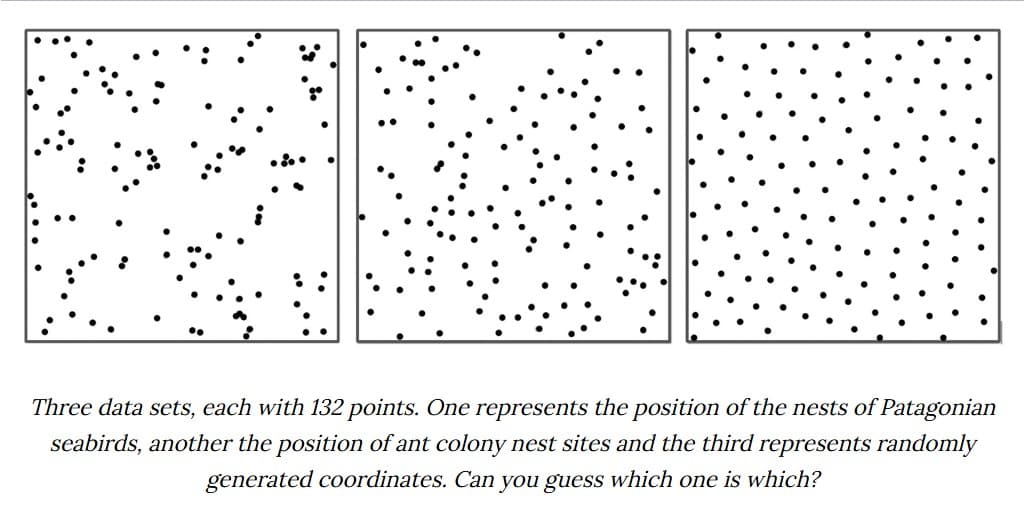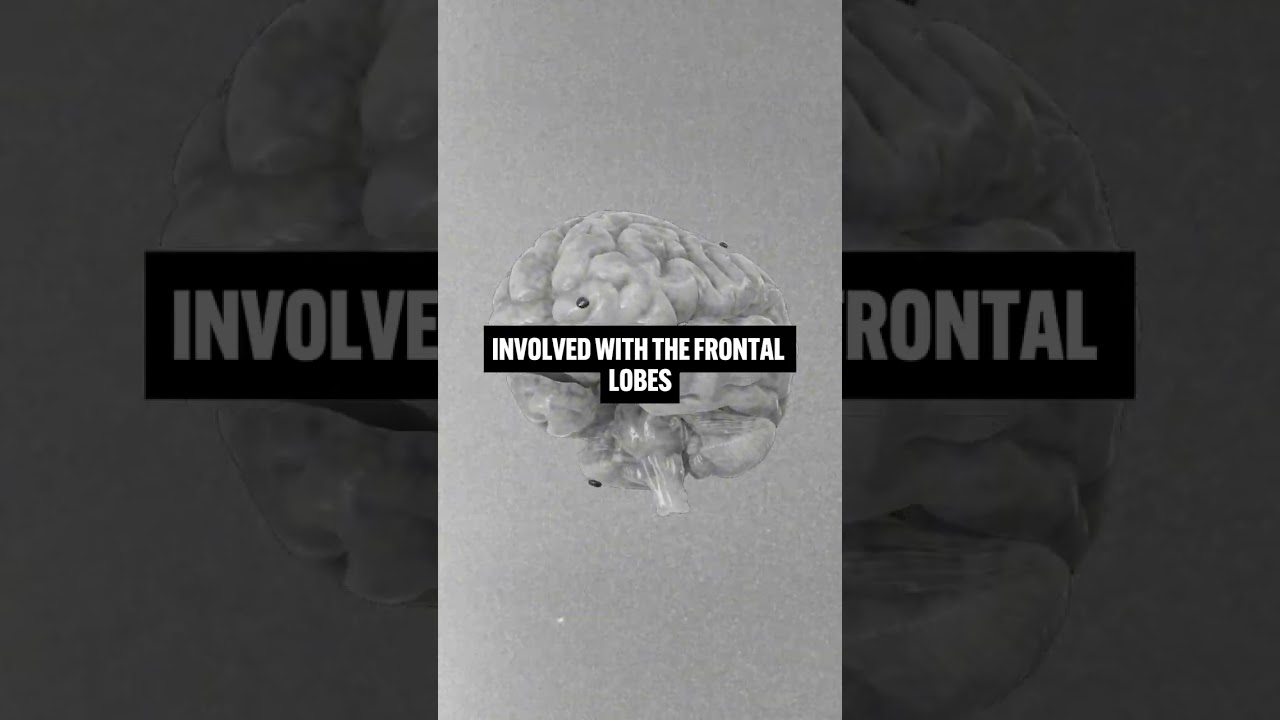We dream for around two hours each night, on average
Every night we lie down to rest, we spend about two hours traveling through seemingly real experiences as dreams bubble up from our subconscious during various phases of sleep. Despite the ubiquity of the experience, where dreams come from—and what their purpose is—remains largely unanswered.



